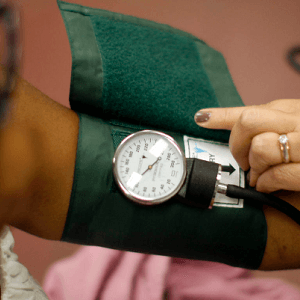A new study shows that children living in socioeconomically disadvantaged neighborhoods are more likely to be diagnosed with chronic health conditions—and the more disadvantaged the neighborhood, the higher the odds. Researchers analyzed data from over 115,000 children and found consistent associations between neighborhood-level disadvantage and the likelihood of being diagnosed with either non-complex or complex chronic diseases.
Using four widely recognized indices—the Child Opportunity Index, Area Deprivation Index, Neighborhood Disadvantage Index, and Social Vulnerability Index—the study found that children in low-opportunity or high-deprivation areas had up to 39% higher odds of being diagnosed with complex chronic disease compared to those in more advantaged neighborhoods. For non-complex chronic conditions, the increased odds ranged from 8% to 31%.
The associations grew stronger as neighborhood conditions worsened. The Child Opportunity Index and Area Deprivation Index, in particular, showed clear incremental increases in the odds of complex disease as neighborhood opportunity declined. Only the Child Opportunity Index showed a consistent pattern for non-complex disease as well.
“These findings suggest an association between exposure to social and environmental disadvantage during the life course and the postmortem presence of VBI,” the authors noted, emphasizing the importance of selecting the right index based on study goals and populations.
The results underscore how structural inequities in housing, education, and income shape children’s health trajectories long before they reach adulthood.
See “Children with chronic disease and neighborhood disadvantage” (May 27, 2025)



